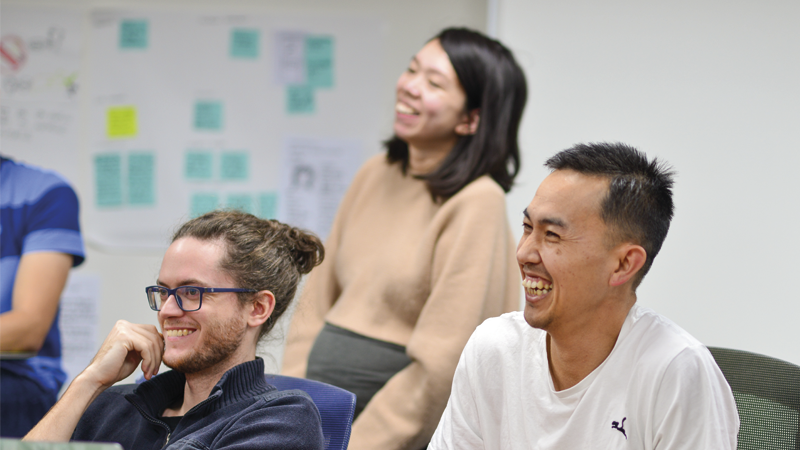How workplace design impacts mental health
Lizzi Whaley explains why she is focused on designing her business for a happy, healthier world. Two things have prompted me to think more about mental health recently. One is […]
Lizzi Whaley explains why she is focused on designing her business for a happy, healthier world.
Two things have prompted me to think more about mental health recently. One is the global coronavirus pandemic and the other is that May was Mental Health Awareness Month in the United States.
It’s interesting to note that in New Zealand we devote a week in September/October to raise awareness of mental health, whereas in the US the issue is of such concern that the campaign stretches over an entire month.
The pandemic, and the effects of lockdowns and other restrictions, have also put mental wellbeing top of mind, in particular around how our staff have fared.
This has not just been a focus at my business Spaceworks. Many business owners have been concerned for their people too.
It has been challenging to figure out how to support staff to be productive and efficient while also ensuring they are being listened to and feel valued.
While I’m not a mental health expert, I am a design expert and I believe design affects health and wellbeing. Anything designers and business leaders can do to bring about positive change in this regard is a win-win.
As Spaceworks finishes design and fit-out solutions for clients across New Zealand, I have been asking them ‘how are your people?’
Recently a business owner I spoke to said their younger staff had found working from home harder and more isolating. This was partly because they needed guidance and ongoing training.
Daily catch-ups are often not enough for someone in the early stages of a career or job placement.
Many young people live in flats, which tend not to be set up well for working from home. For instance, they may lack quiet work areas or have poor lighting, slow (or no) Wi-Fi, or unsuitable desk arrangements. One IT support worker we know of was sitting on his bed with a laptop to take calls.
While the younger generation is considered ‘more connected’ online, especially on social media, days spent working at home without company or regular guidance during lockdown were not beneficial for employees or their employers. Human connection was definitely missed, whereas mid-career colleagues were noticeably more resilient in this regard.
This echoes what I’ve found in my own business. Older staff who are more established in their role, life and living situation are far more adaptable and productive when balancing a working from home/office combination.
A new future focus
When considering design, there are many different ways to approach health and wellbeing.
Along with many businesses in the design, fit out and construction industries, we focus on Green Building practices, and have done so for some time.
What does that mean? It means we understand the impact our industry has on the planet’s health and why we need to make an effort to improve it.
But it’s not just the welfare of the planet we consider – we also care about the wellbeing of our people and how that is affected by the built environment.
As the International Well Building Institute says, ‘there’s no choice to be made between planetary health and human health – at scale, the two are inextricable’.
I passionately believe this is where we need to go as an industry and I urge businesses to get ahead of the curve in understanding the impact our physical and social environments have on our health.
Lizzi Whaley (pictured) is CEO of Spaceworks Design Group.



